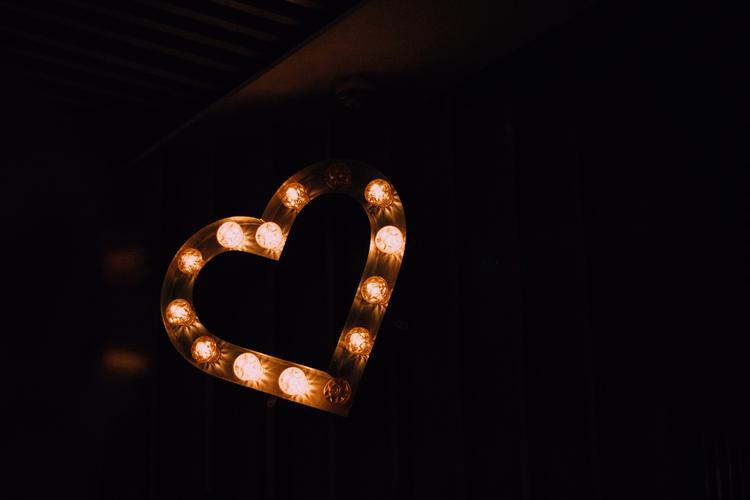In Romania and Bulgaria, couples show their love for one another on February 24th instead of the traditional date of February 14th.
François Rabelais once stated that where love is concerned, gestures have a deeper meaning than words. It’s a philosophy that has been embraced across the globe. Roses, chocolates and teddy bears are exchanged in abundance in North America and parts of Europe but what about the rest of the world? As a wedding venue in London we understand different countries and cultures have other ways of expressing their love:
Mehndi in India
Also known as henna, mehndi is now used everywhere to create temporary and elaborate tattoos. The practice originated in India, where brides-to-be decorated their hands and feet with beautiful and intricate designs. On their palms, the artist wrote the groom’s name in the centre of the design. According to tradition, after the mehndi is washed off, the name assumes a deeper colour, signifying the degree of love between the pair.
White Day in Korea and Japan
Korean and Japanese woman celebrate Valentine’s Day on February 14 along with the rest of the world. The men, however, return the gesture of ‘White Day’, which is one month later on March 14. Women traditionally give their husbands and boyfriends chocolates that they made themselves, and the men return the favour on White Day by giving a gift.
Love Locks in Pairs
There is a bridge overlooking the Parisian Notre Dame River that is internationally famous for the number of locks and padlocks attached to it. They all represent the ‘love lock’ tradition wherein a couple have their initials or names carved on a lock before affixing it to the bridge and throwing the key into the river. This gesture is said to symbolise their eternal love.

May Trees in Germany
This lover’s tradition dates back to the 1600s when the area was known as Mailehenbrauch. In Rhineland, men would demonstrate their love to their wives and girlfriends by planting birch trees outside their homes. These trees are decorated the day before May 1st with heart-shape crepe designs, usually by the man’s supportive friends and family members.
Dragobete in Romania
In Romania and Bulgaria, couples show their love for one another on February 24th instead of the traditional date of February 14th. In keeping with their cultural traditions, birds are seen as messengers of God, and they signify their commitment by building homes on this date, which marks the conclusion of winter. Therefore, just like the birds, young couples also express their love for one another and get engaged.

Lovespoons in Wales
Lovespoons are a unique and ancient Welsh tradition wherein a lady’s suitor, wanting to obtain her hand in marriage, must carve a lovely spoon out of a single piece of wood. This tradition dates back to 1660 and the more decorative and ornate the spoon is, the more it illustrates the man’s love and ability to take care of the woman he wants to marry. These days, however, the people in Wales exchange pre-carved spoons at the time of their engagement.
To speak to a member of our team about our wedding venue in London, contact the team today.




